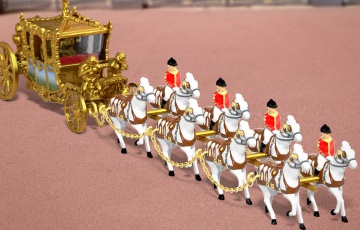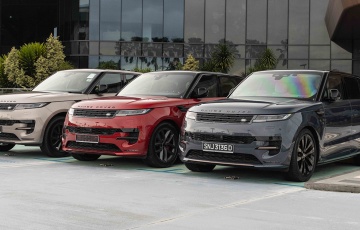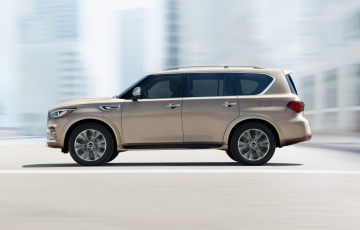Range Rover vs Classic Range Rover : Look how much they've changed:
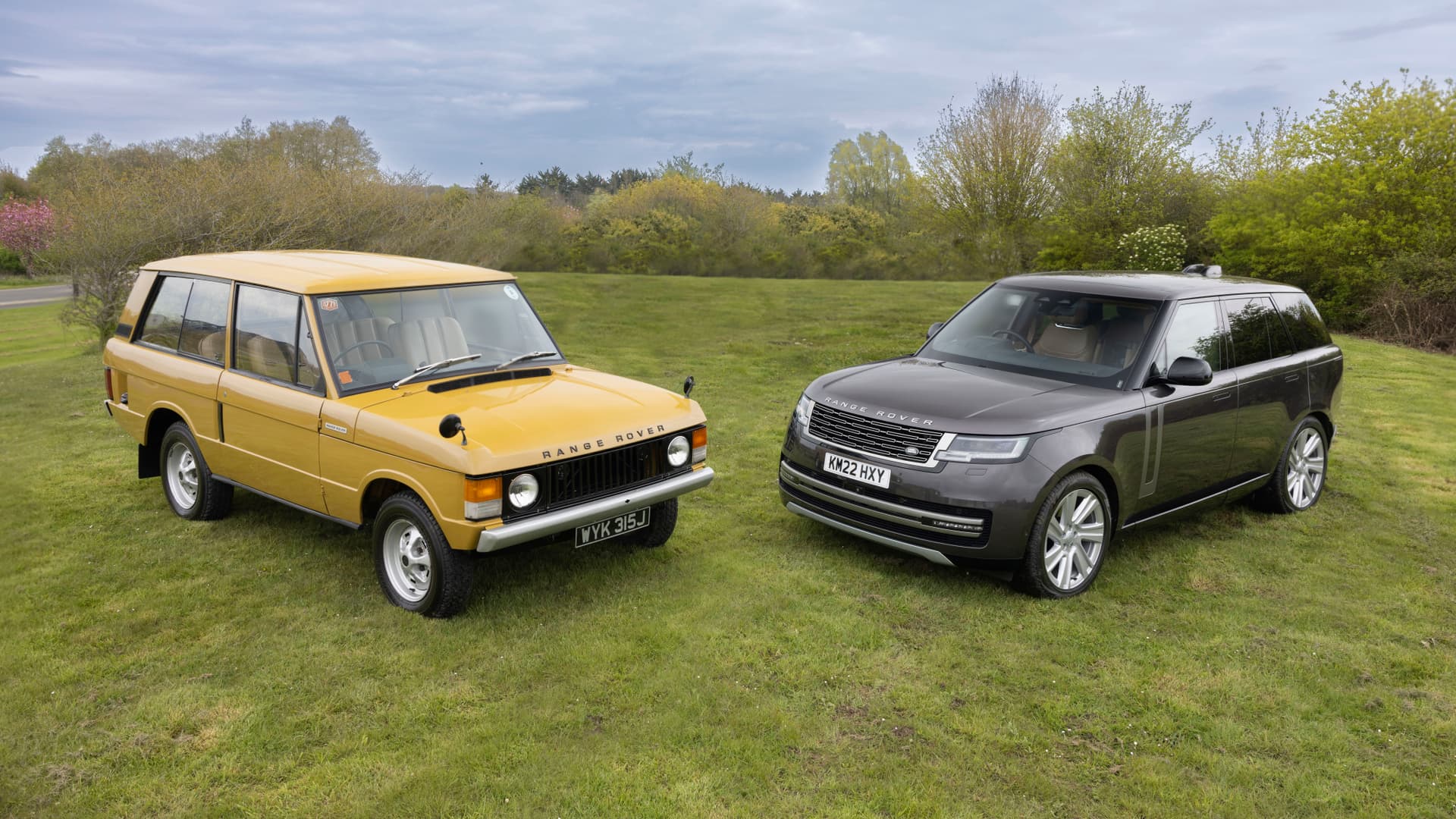
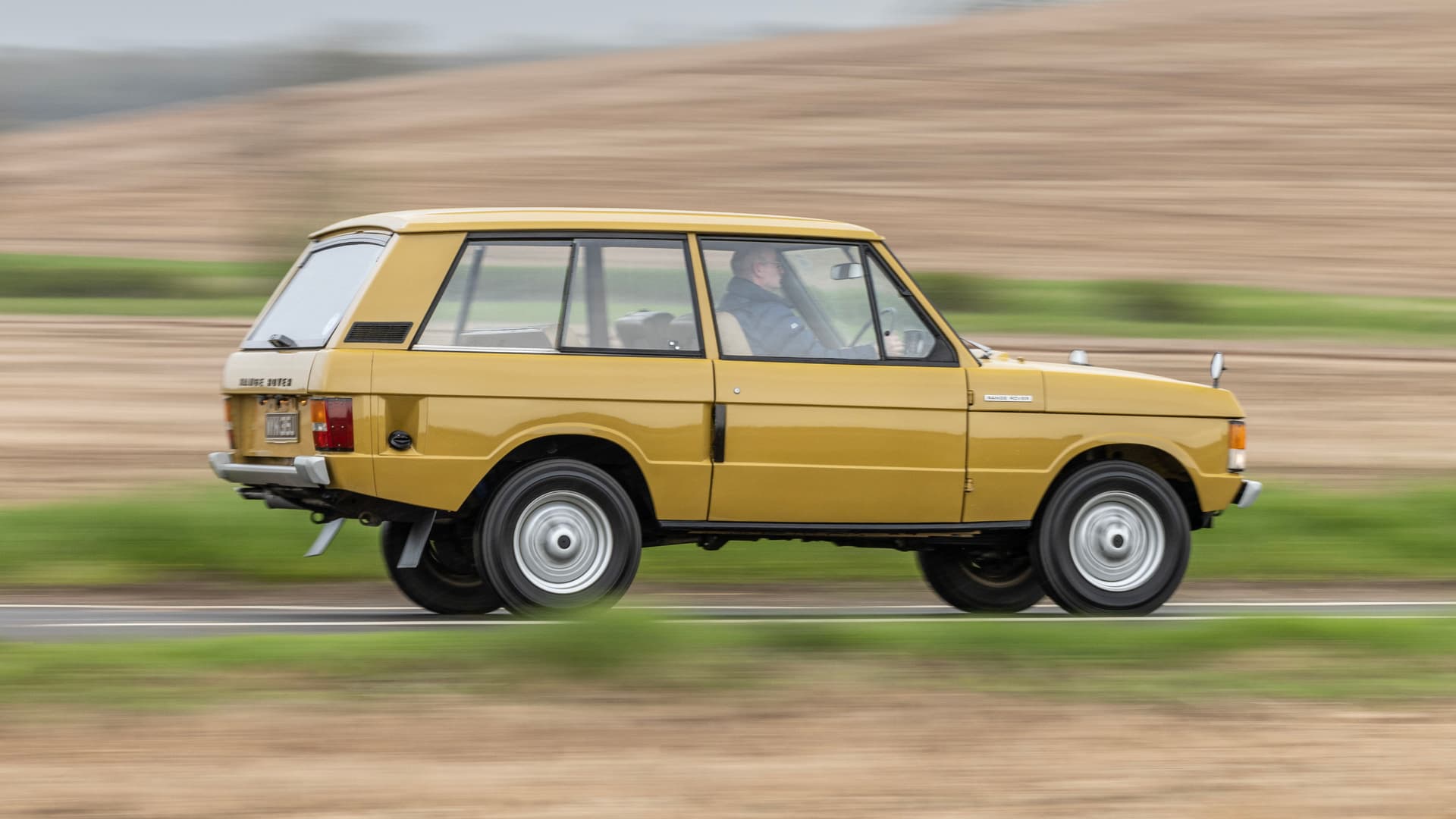
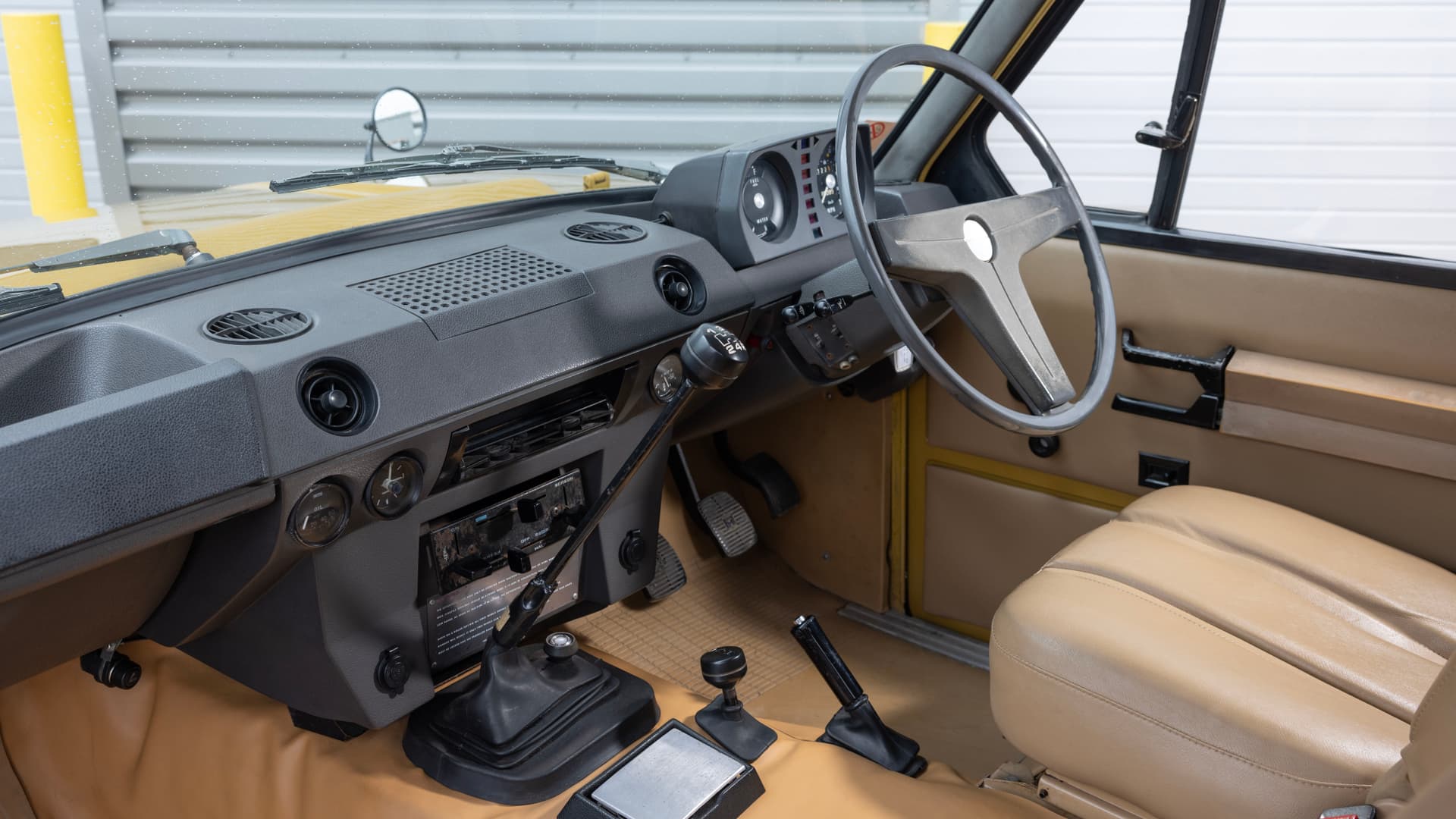
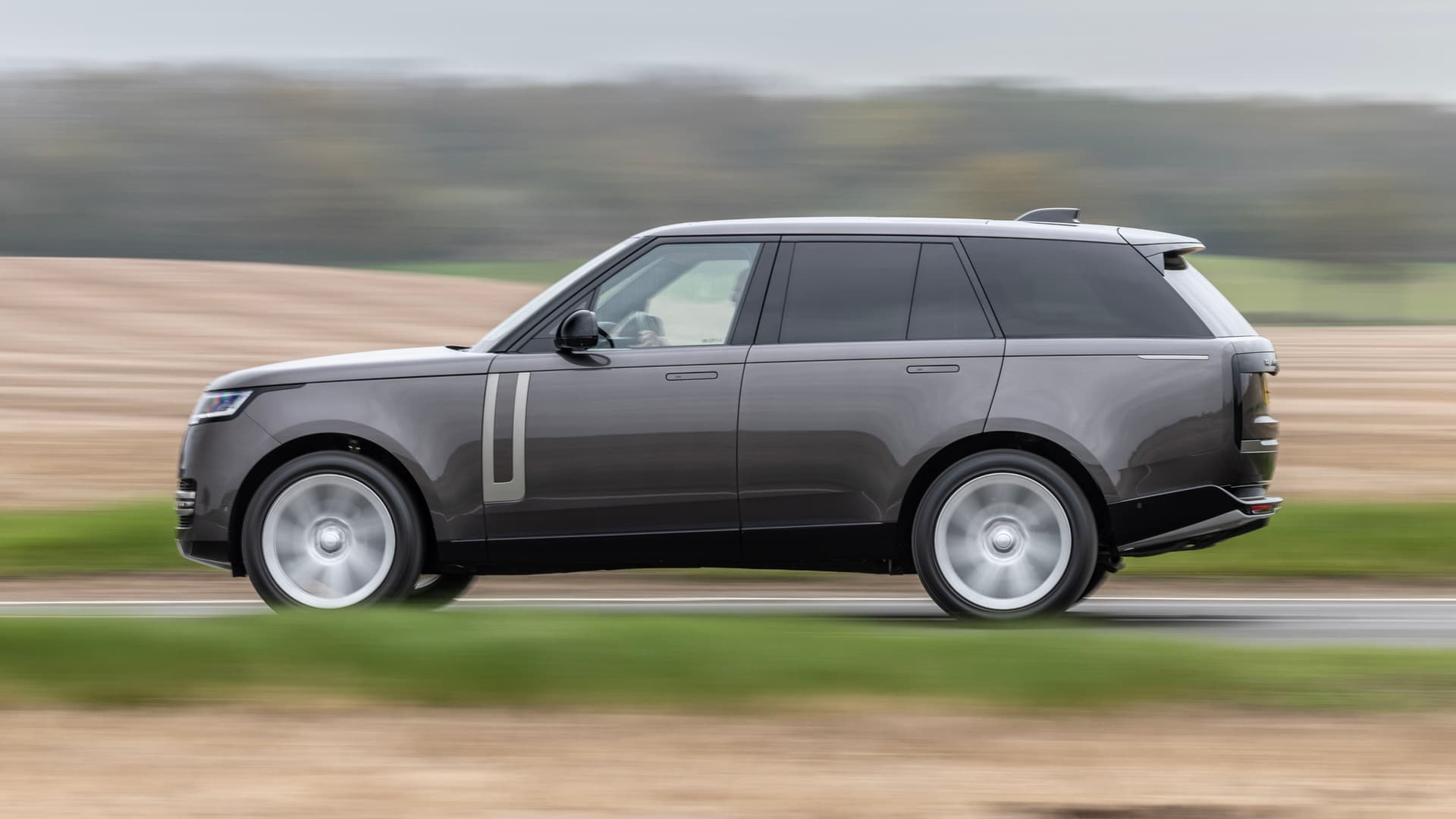
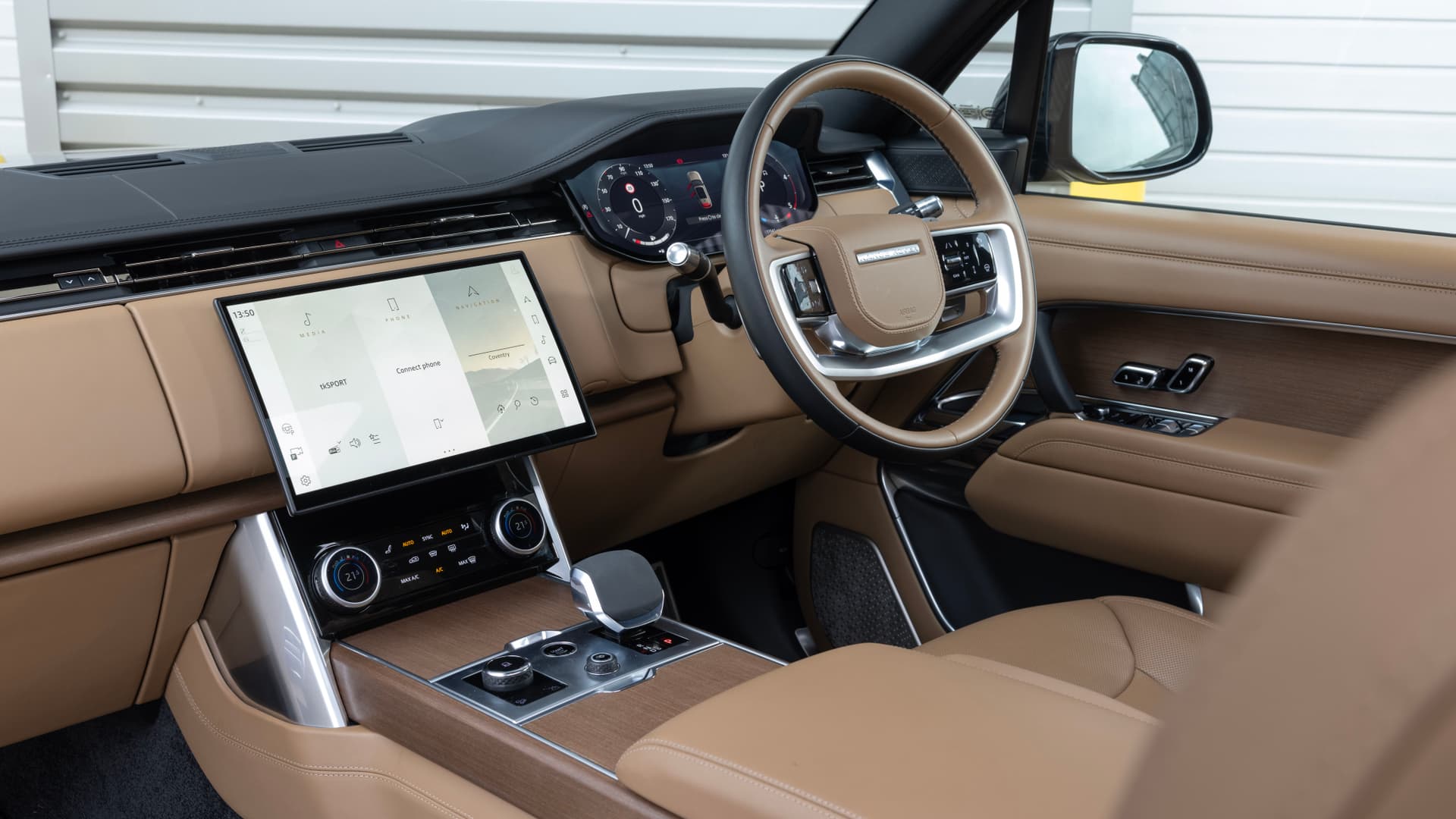
Classic Range Rover meets Range Rover
AH, THE OG LUXURY OFF-ROADER
Well, sort of. The original Range Rover was tremendously refined for its day, thanks to the velvet glove V8 engine and feathery soft coil springs. But luxury? The Jeep Wagoneer had arguably got there seven years earlier.
The first Range Rovers had wind-up windows, PVC seats, rubber floor coverings, manual transmission and muscle straining power steering. But the off-road smarts were certainly there, thanks to huge axle articulation, permanent 4WD, a low-ratio transfer box and centre diff lock.
WE KNOW THE NEW ONE IS POSH
Indeed. During the Seventies and Eighties, Land Rover discovered that every time it added a version with more luxury kit, it became the bestseller. So these days it knows offering a poverty spec car would be commercial stupidity, and doesn’t make that mistake.
Every new Range Rover costs six figures, and they top out beyond S$800k. This example is near the bottom, with the D350 V6 diesel and standard wheelbase. But it still has a cabin of wonderful leathers and veneer, powered everything, high end digital wizardry and standard fit compelling benevolence. It’s kept in control by four-wheel steering, adaptive air suspension and active anti-roll.
CAN YOU FEEL 53 YEARS DIFFERENCE IN THE DRIVE?
The original’s separate chassis and vague steering box mean it wanders about if the road is bumpy. The absence of anti-roll bars let it lean like a galleon in bends. The heavy axles shudder after they hit a bump.
Wind and transmission noise mostly drown out the V8 burble, though later Classics largely fixed these issues. Yet still, it’s beguiling and engaging. There’s steering feel, and satisfaction to be had from anticipating and managing the body roll.
The new one is day and night quicker, propelled by a sweet syrupy waterfall of torque from its diesel V6 and auto box. It’s much bigger and heavier, and yet easier to manage because so much chassis technology is at your side.
On most roads it doesn’t feel its extra width, because the steering is surprisingly accurate and well weighted. Independent suspension and a rigid monocoque have transformed the ride too. The kicker is you’ve lost the connection.
SO WHERE’S THE GOLDEN THREAD BETWEEN THEM?
Both are big soft cars that invite you to relax into their comfortable embrace and enjoy the journey. Whatever the conditions, they’ll get you there. Anxiety and tension melt away. Then there’s the design.
The new one obsessively buffs up the planes and tightens the gaps, but the imperious altitude and dignified proportions define the Range Rover across five decades. The high seat and low beltline are part of the signature too – you look down on the world, and it up at you.
In that literal sense, the Range Rover remains an elevated form of transport.
STORY Paul Horrell






